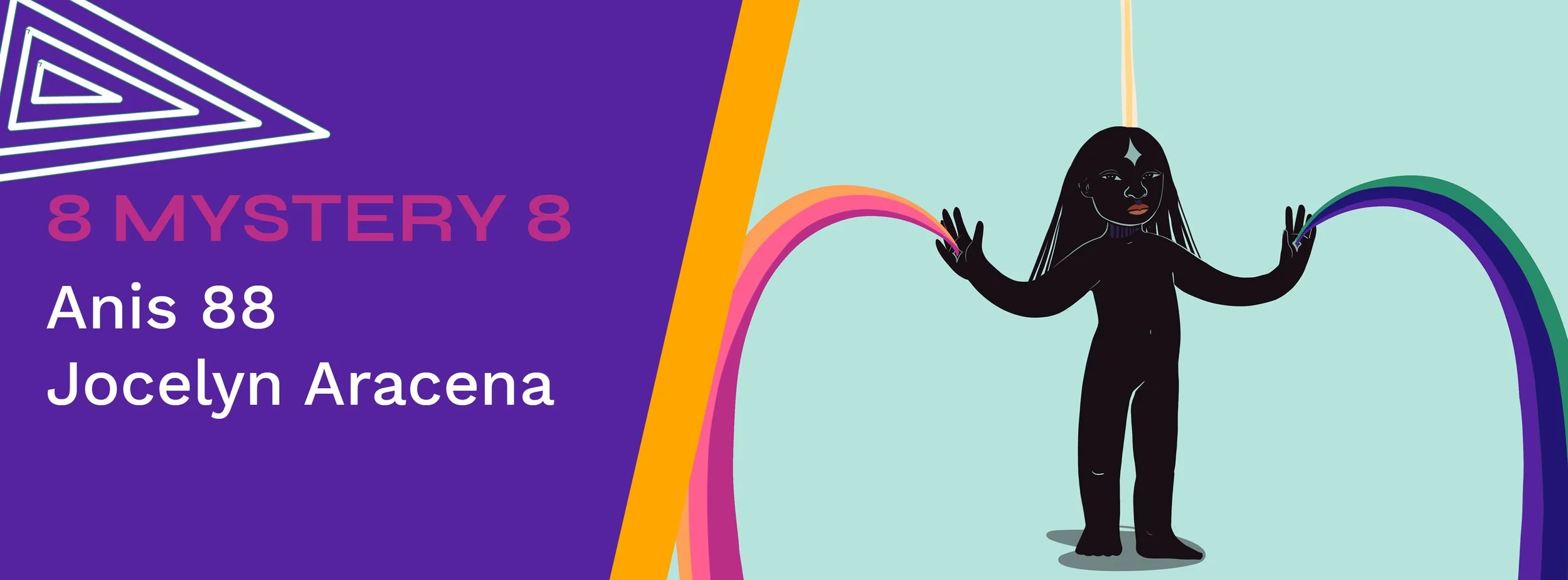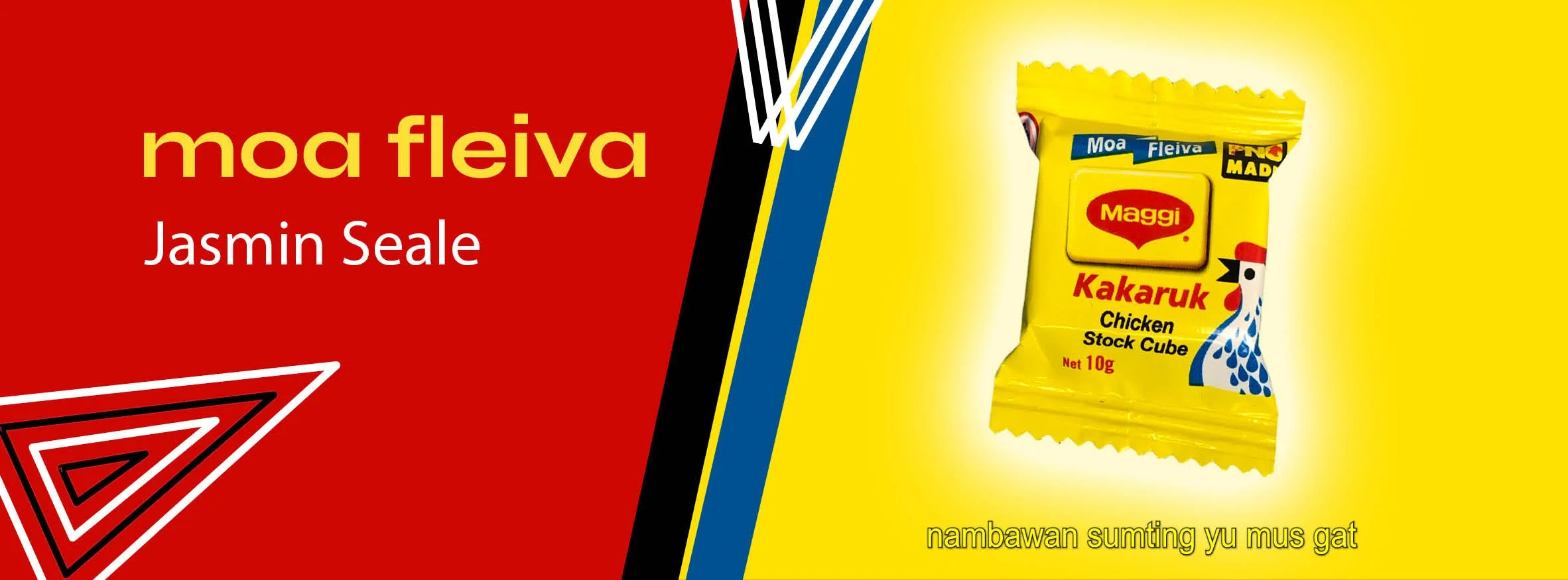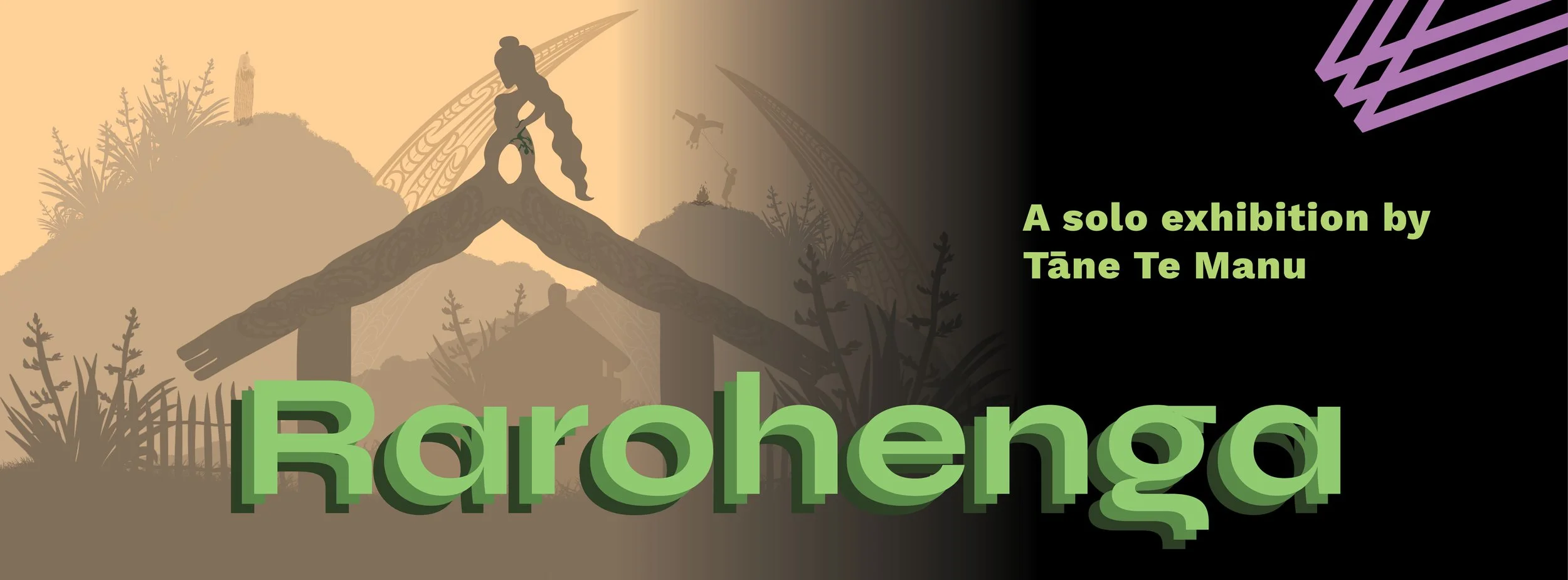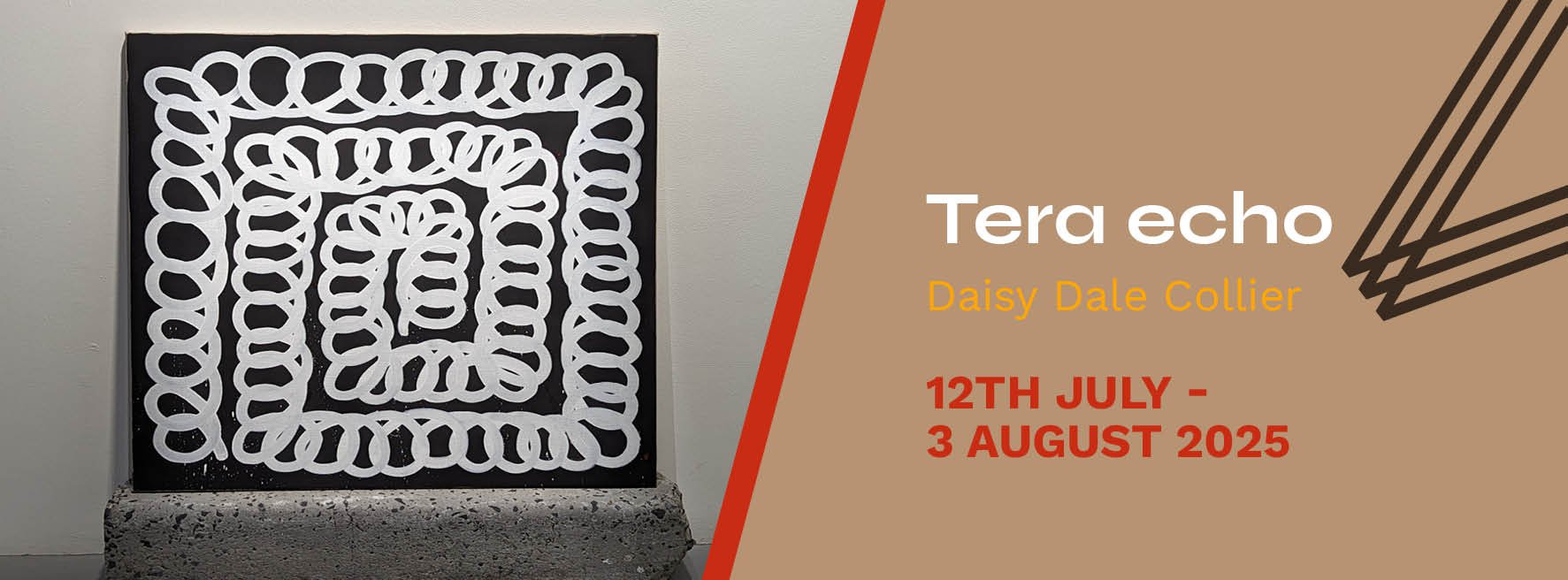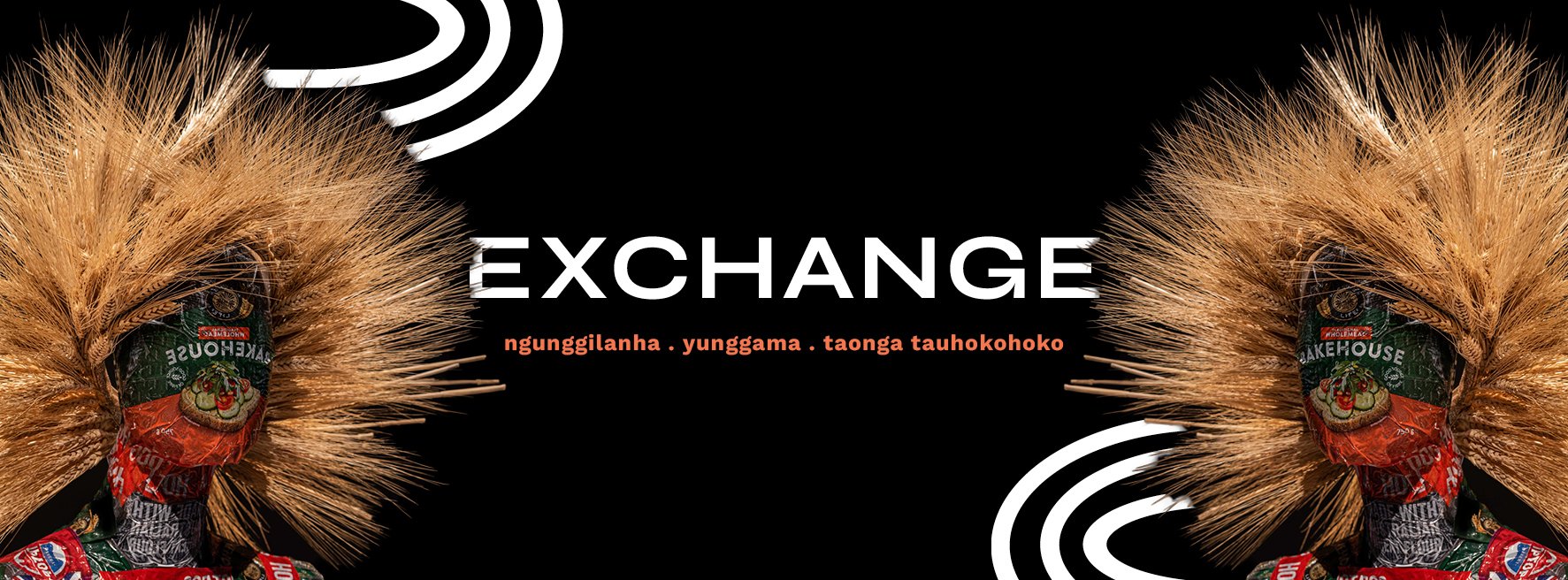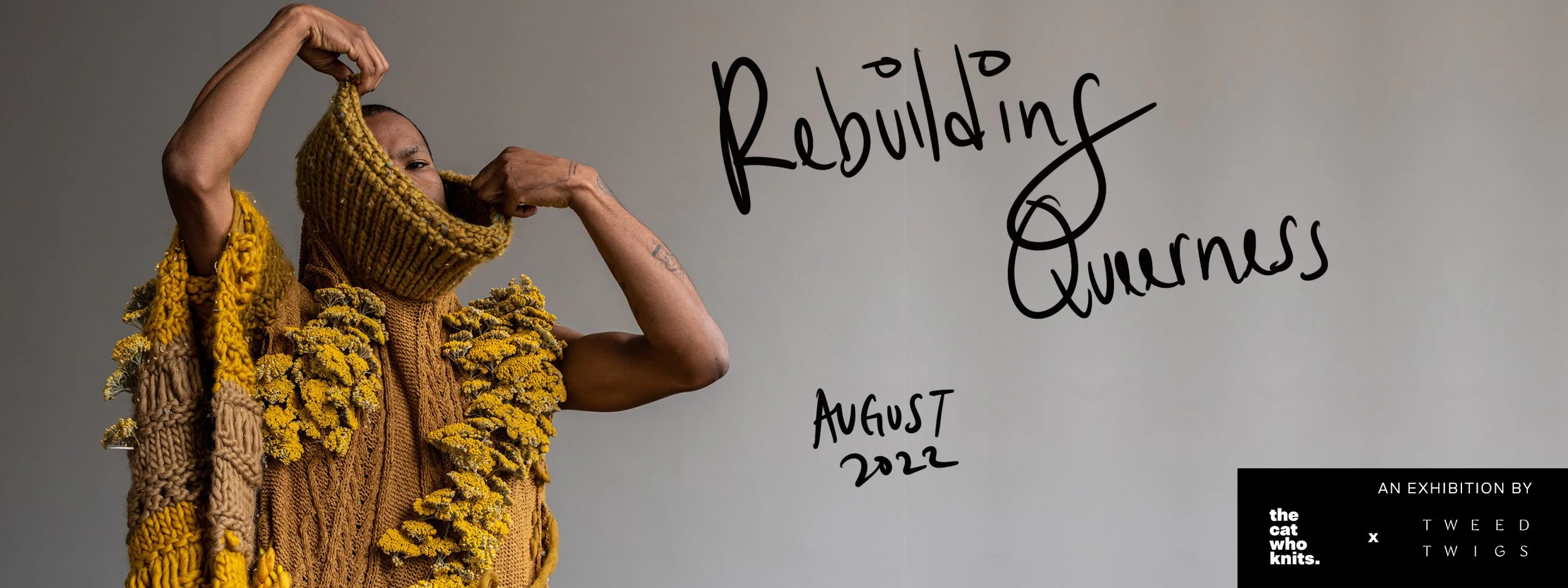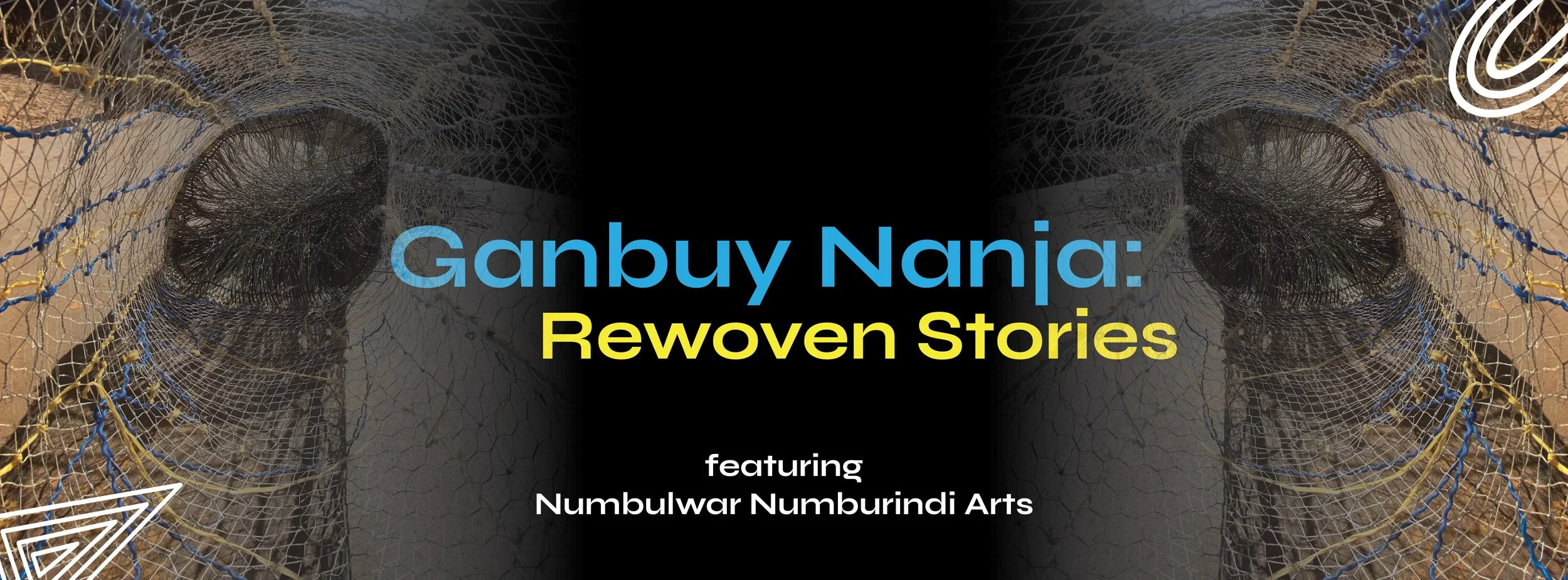
Ganbuy Nanja: Rewoven Stories
We are excited to close out the year with Ganbuy Nanja: Rewoven Stories – an exceptional exhibition from Numbulwar Numburindi Arts that reimagines ancestral weaving practices through contemporary materials and environmental storytelling.



